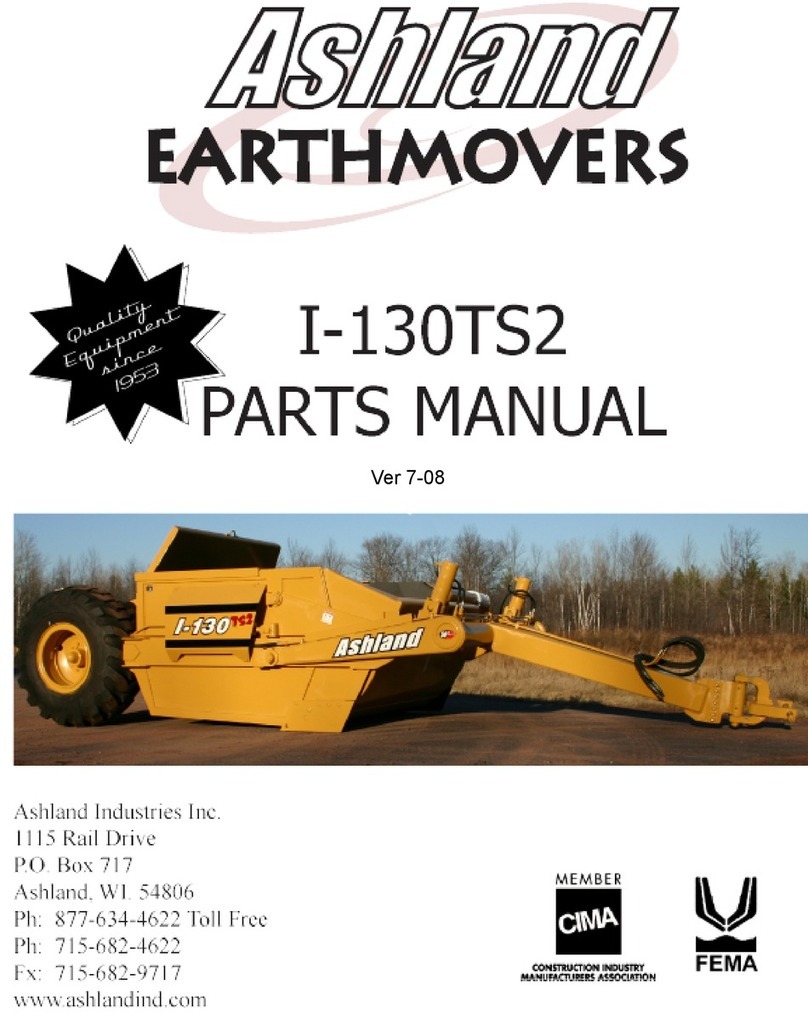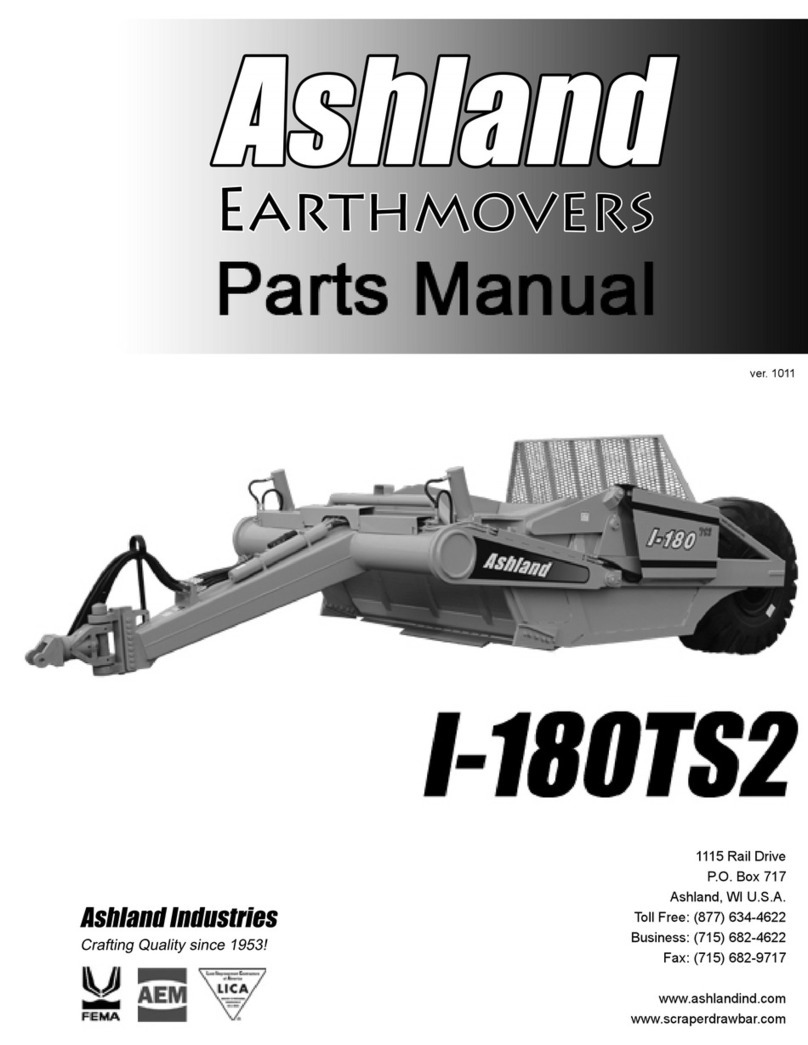
I-110 TS2
Safety-Tire Warning
WARNING
Check Tires and Wheels
The task of servicing tires and wheels can be extremely dangerous and should be
performed by trained personnel only, using the correct tools and following specific
procedures. Do not attempt to mount, demount or inflate atire if you do not have
the proper equipment and experience to perform the job. Call a qualified repair
service to inspect the assembly and make necessary repairs. Failure to heed
warnings could lead to serious injury or death.
Visually inspect tires and wheels daily. Carefully inspect any rim and tire assembly that
has been run underinflated or flat before reinflating the tire to make sure there is no
damage to either the rim or tire.
•ALWAYS wear personal protection equipment such as gloves, footwear, eye
protection, hearing protection and head gear when servicing tire and wheel
components.
•DO NOT operate with damaged rims, tire cuts or bubbles, missing lug bolts or
nuts or damaged rims.
•ALWAYS maintain the correct tire pressure. NEVER exceed recommended tire
inflation pressure.
•INSPECT any rim and tire assembly that has been run flat or severely
underinflated before reinflating the tire. Damage to the rim and tire may have
developed.
•NEVER reinflate a tire that has lost air pressure or has been run flat without
determining and correcting the problem.
•NEVER try to repair wheel, rim, or tire components parts. Parts that are
cracked,worn, pitted with corrosion,or damaged mustbediscarded,and replaced
with good parts.
•ALWAYS use approved tire and rim combinations for the model scraper that you
have and verify that part numbers of components are correctly matched for the
assembly.
•ALWAYS exhaust all air from the tire prior to demounting.
•ALWAYS place wheel and tire assemblies in restraining devices (safety cage)
when inflating tires. Use a clip-on chuck and long extension hose to allow you to
stand to the side of the tire and not in front of it.
•NEVER weld or cut on an inflated tire assembly. Welding heat can cause
increased pressure which could result in tire explosion.
•ALWAYS use proper lifting techniques, and mechanized lifting aids to move
heavy components and assemblies.
•NEVER leave a tire, wheel, or assembly unsecured in a vertical position.
•ALWAYS take care when moving tires and wheels that other people in the area
are not endan
ered.
Ashland Industries Toll-free:877-634-4622 Fax:715-682-9717
Page #4




































